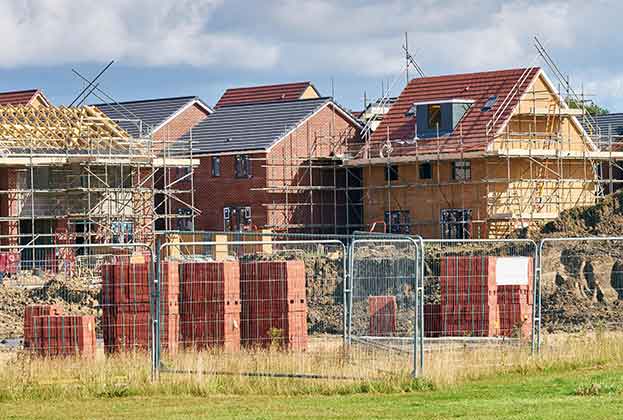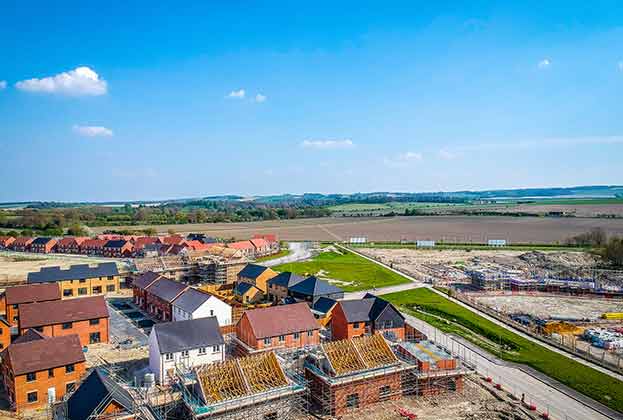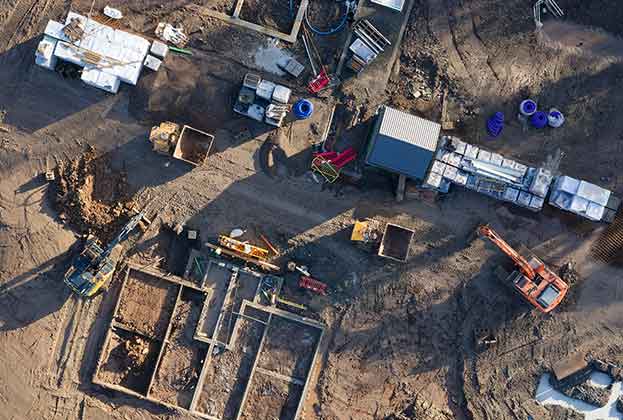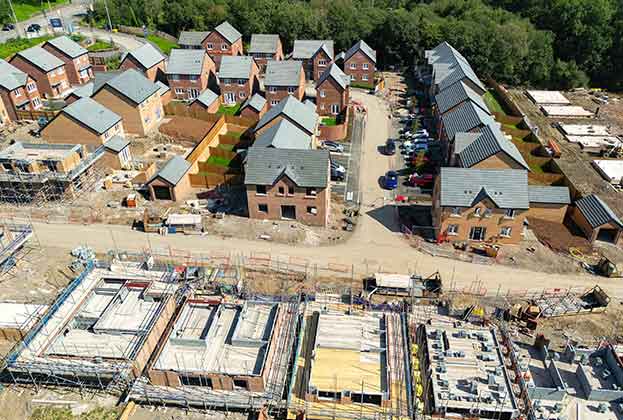As the need to create more sustainable communities continues to move up the placemaking agenda there is an ever growing desire on the part of both landowners and housebuilders to create ‘legacy developments’ – adhering to principles of high quality design and construction that will benefit future generations.
The idea of legacy is, of course, nothing new. But the concept has evolved in recent years so that landowners can exert a degree of control in the design, construction and management of projects, creating a positive lasting impact in their communities while also delivering the required financial, social and environmental returns.
Community benefit
A current example is Alconbury Weald in Huntingdonshire – a 1425 acre site led by master developer Urban&Civic that will eventually see the construction of 6500 new homes by a number of different housebuilders ranging from national developers to SMEs. It will also include a health centre, three primary schools, a secondary school, an enterprise zone, community facilities and around 290,000 sq m of employment space.
Urban&Civic set the tone for the development from the outset, investing significantly in placemaking, infrastructure and landscaping – both in advance of wider home and employment delivery to ensure the design and quality of the scheme was established from inception and as the community takes shape over the next 20 years.
Collaborative working
Successful legacy projects rely on an effective working relationship between master developer and housebuilder and/or landowner and developer. Very often this will take the form of a Build Licence agreement.
Central to the agreement will be the ‘rights of approval’ to ensure the development evolves in a way that is true to the landowner’s original concept.
Each agreement will vary depending on the landowner’s main objectives, but typically it can include: design approval (via an architect) which the master developer will base around the requirements of an established design code to influence site layout, character and build materials; any sustainability considerations to minimise impact on the surrounding environment; and a say on estate regulations and community codes to ensure standards are maintained during the development’s future management.
In addition, the agreement will also outline how the landowner will receive their proceeds of sale. Typically this will be in the form of a guaranteed payment every year until all the homes are built and sold.
When structured appropriately, legacy developments should benefit landowner, developer and – most importantly – the local community. A robust agreement is essential to ensure all parties work together to create long-term alignment and make the original vision a reality.
Further information
Contact Will Newton
.jpg)



.jpg)


.jpg)
.jpg)

.jpg)